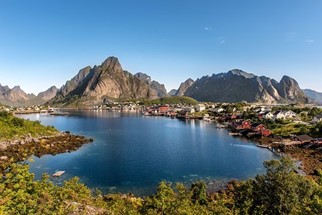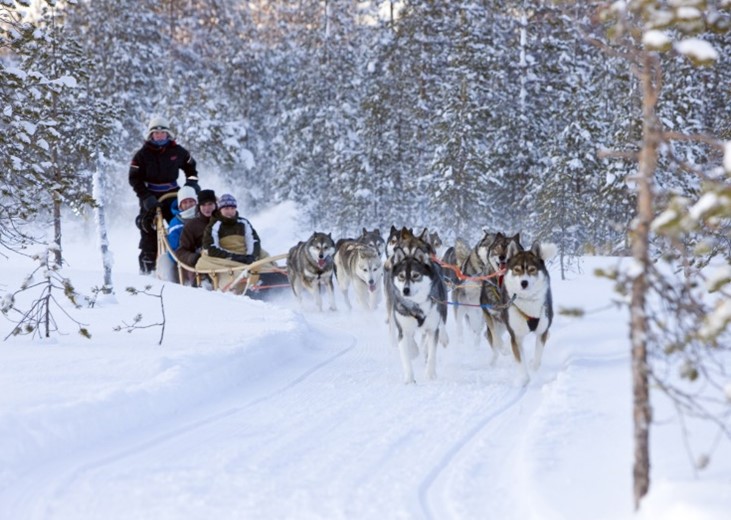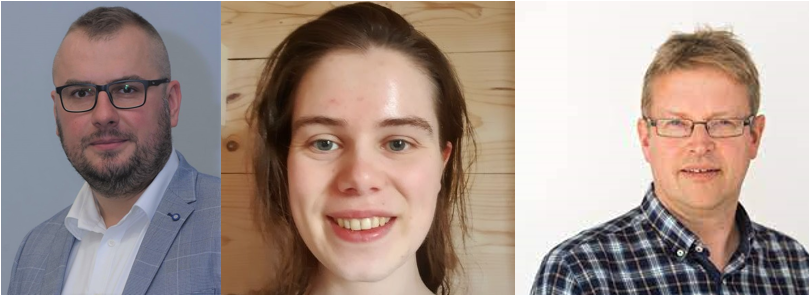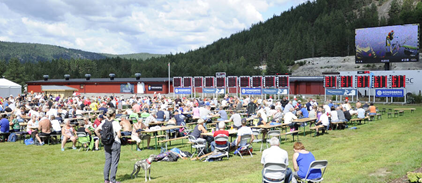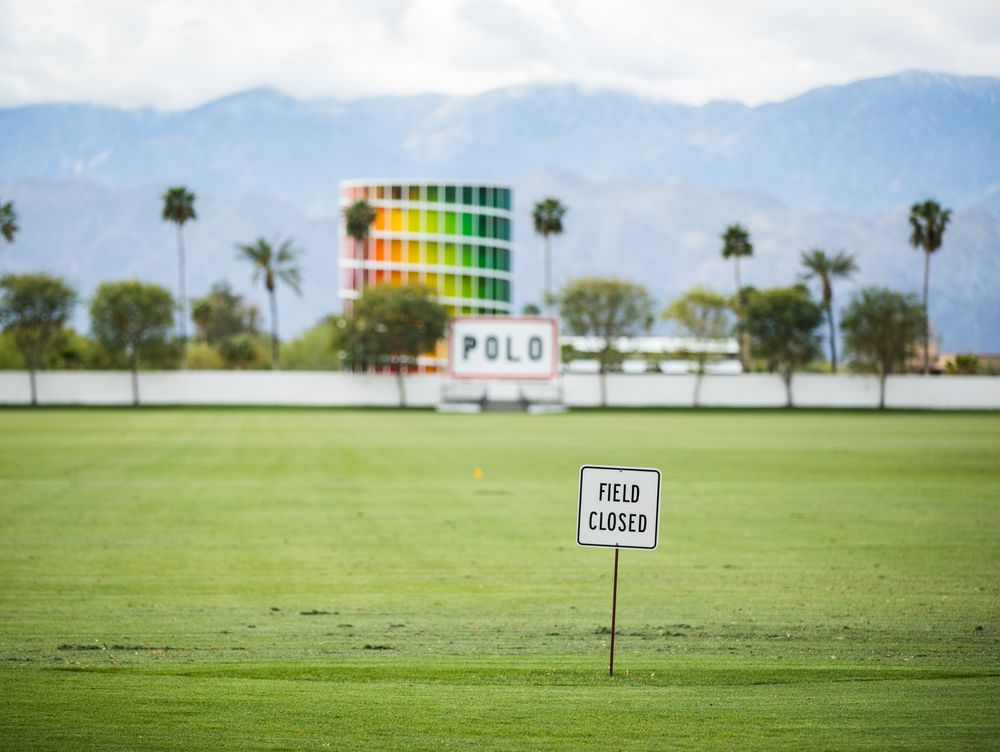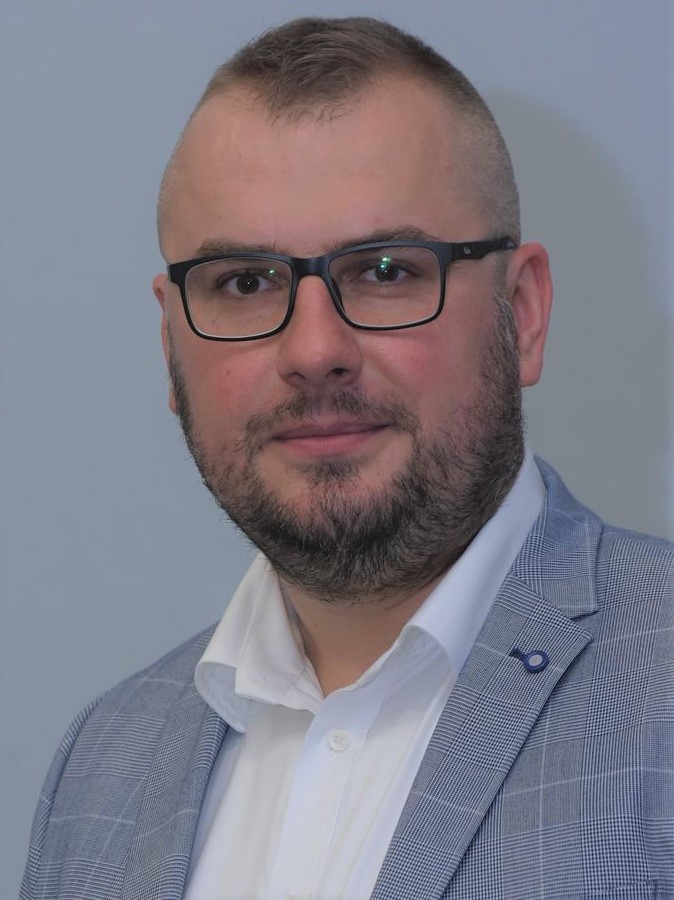The research project, Event Innovation in Times of Uncertainty, involving TourNord partners Business Academy Southwest, Western Norway University of Applied Sciences, Linnaeus University and Koszalin University of Technology received the prize as the research project of the year 2023 by the Danske Erhvervsakademier (The Association of Danish Business Academies).
Selected as the best research project amongst 8 nominations, Christian Dragin-Jensen from Business Academy Southwest received the prize, the project being cited as an exemplary project for the sector, not only contributing with academic and theoretical impact, but also reaching out to many practitioners in several countries on how to promote resilience and innovation in the event and festival sector.

A big congratulations to Christian Dragin-Jensen and all the TourNord partners who collaborated on the project!
| About the project: |
| The COVID-19 pandemic challenged the event and festival industry to its limits. However, during the shutdown, some events and festivals demonstrated resilience and promoted new, innovative solutions. The project explored several countries’ event and festival sectors to promote a new understanding of resilience and innovation to help the industry be better prepared for future crises. Business Academy Southwest (Denmark), Linnaeus University (Sweden), Koszalin University of Technology (Poland), Western Norway University of Applied Sciences (Norway), explored 150+ events and festivals (sports, culture, music, etc.) in Norway, Poland, and Denmark – from small local events to large international ones. The aim was to highlight strategic and practical areas crucial for the event and festival industry, necessary for building resilience and providing examples of best practices in the industry that promote innovative, adaptive, and transformative event and festival environments. The research has resulted in the development of new models for measuring resilience and innovation in the event industry (but can also be used in other sectors!). These models have been published as articles in several internationally recognized journals, disseminated, and implemented by various stakeholders. |
Knowledge output:
- Research paper 1: Effects of COVID-19 infection control measures on the festival and event sector in Poland and Norway (2021), published in Sustainability.
- Research paper 2: Event Innovation in Times of Uncertainty (2022), published in International Journal of Event and Festival Management.
- Research paper 3: Building a Resilient Event Sector in Times of Uncertainty (2023), published in Event Management.
- Book chapter: Innovation in Sports Events during COVID-19 (2022), published in Research Handbook on Sport and COVID-19
- Example of popular dissemination at one of Denmarks largest national websites for tourism
- Project homepage
Key figures and other relevant information:
- Articles have become a part of WHO’s (World Health Organisation) COVID-19 Database
- Project and its results have been presented for +150 students (from AP to master level) in Denmark, Sweden, Norway, Poland, Lithuania and Belgium.
- Project and its results have been rpesented for +50 event and festival companies, as well as a workshop for +60 event and festival companies
- Articles have been (as of February 2024) downloadet more than 10.000 times
- Several of the articles contribute to open science and are freely available to all, as recommended by EU, OECD, Nordic Council of Ministers, etc. ministerråd, m.m.
- Research paper 1 has been awarded as ”Editor’s Choice” by the journal.
- Project has been presented to the Polish government as a report





